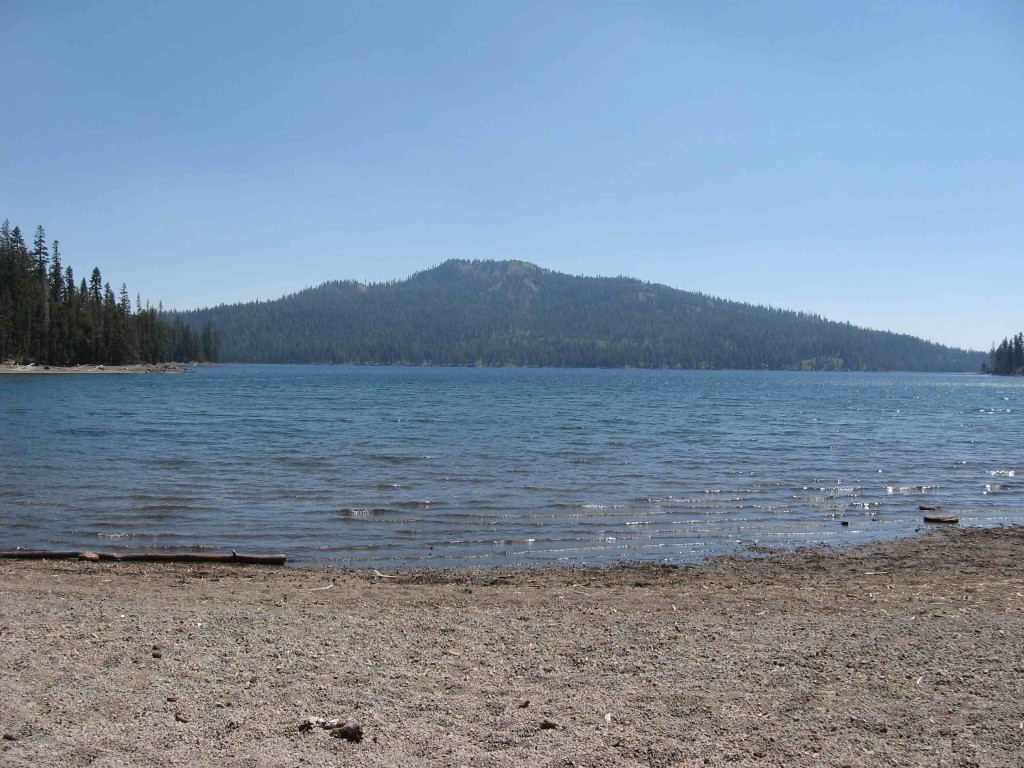
Juniper Lake, at an elevation of 6,753 feet, covers an area of some 592 acres, making it the largest lake in Lassen Volcanic National Park. Interestingly the lake has a maximum depth of 234 feet. In the 1870s, the California State Geological Survey named it Lake Louise, but others had applied Juniper to it, and the latter won out.
Early day visitors to the lake were few. Its remoteness, along with its heavy winter snowfalls, usually did not make it accessible until June. By October, as a general rule, the snow returned, again making the place inhospitable.
In 1889, a San Francisco speculator, Elbert Dodge, appeared on the scene and filed a 475-acre claim to the northwest shore of the lake. He did nothing with it, and another San Franciscan, J.P. Frenna, later acquired Dodge’s preemptive claim. The actual owner was the State of California, which designated it as school land. In 1892, Frenna purchased it from the state for the nominal fee of $1.25 per acre.
For the next twenty-two years nothing transpired with the property, with the exception of changes in ownership. In the early 1900s, there was an increased interest in the development of hydroelectric power. To the south of Juniper Lake was Big Meadows (now Lake Almanor), where Great Western Power Company was engaged to acquire water rights and had plans to convert the meadows into a reservoir that would generate power downstream in the Feather River. Juniper Lake, too, some thought, could generate power in a similar fashion. On October 7, 1908, Thomas A. Bragg claimed 50,000 inches of water from the lake for hydroelectric development. He did nothing with his claim, and the following year Justice Young filed a similar claim. Young, too, failed to do anything, and Alexander Thorne succeeded him. While Thorne was noticed by the local press in regard to his intentions, he too did nothing. The concept looked good on paper but in reality it was not feasible, as there were no major streams to provide a constant flow of water into the lake, which would be required to generate a power plant downstream.